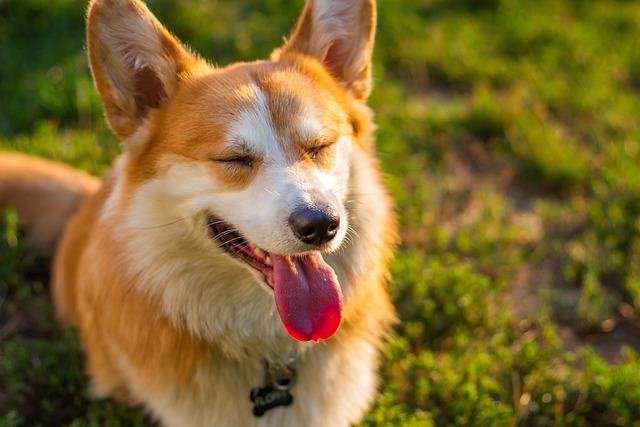
What is glaucoma in a dog?
You might notice your dog squinting more at mealtime or avoiding bright sunlight—these small changes could be early signs of a serious eye condition.
That faint whiff of fishy breath when your Golden Retriever greets you isn't just "dog smell" – it's likely the first clue to canine periodontal disease, the undisputed champion of dog dental issues affecting over 80% of pets by age three. Imagine plaque hardening into cement-like tartar along your Beagle's gumline within days, creating bacterial hideouts that silently destroy tooth sockets and jawbones. Unlike humans who battle cavities, dogs suffer primarily from gum disease where inflammation spreads below the surface. Left unchecked, this isn't just about bad breath – it launches bacteria into the bloodstream, damaging hearts, kidneys, and liver.
Here’s why it’s so common: Dogs’ alkaline saliva accelerates tartar formation 5x faster than human saliva. Their shorter tooth roots fail quickly under infection, and many breeds (especially smaller ones like Yorkies) have crowded teeth that trap debris. Stage 1 shows as reddened gums during chew time; Stage 4 reveals loose teeth sitting in pockets of pus. My neighbor’s Dachshund in Seattle needed four extractions last year because nobody noticed his subtle lip-licking pain until he stopped playing fetch.
Effective prevention starts with daily brushing using enzymatic dog toothpaste – never human toothpaste, which contains toxic xylitol. Gently lift your dog’s lips and brush in small circles focusing on the outer surfaces. Pair this with positive reinforcement: reward tolerance with praise and a dab of peanut butter (xylitol-free!) to build trust – never pin them down. Supplement with VOHC-approved dental chews or prescription diets that mechanically scrub teeth. Most critically, schedule professional veterinary cleanings under anesthesia annually – those non-anesthetic "cleanings" miss 60% of disease below the gumline.

Responsible ownership extends beyond the toothbrush. Keep rabies vaccines current – oral pain can trigger unexpected aggression during vet exams, and most states mandate this by law. Always carry biodegradable poop bags during walks; dogs with dental pain may have unpredictable bowel habits, and cities like Chicago impose $300 fines for uncollected waste. Apartment dwellers should create a quiet "dental care zone" away from blenders or loud TVs – stress-free environments make brushing easier.
Be community-minded too: Securely dispose of dental floss (intestinal blockages risk), avoid sharing chew toys at dog parks (bacteria swap), and leash your pet near busy streets – mouth pain can increase reactivity toward passing dogs.
Recognize emergencies: Dropping kibble, pawing at the mouth, or bloody drool requires immediate vet attention. Schedule annual oral exams – early intervention prevents $2,000 extraction bills. That joyful crunch when your pup demolishes a dental chew? That’s the sound of health you helped protect.

You might notice your dog squinting more at mealtime or avoiding bright sunlight—these small changes could be early signs of a serious eye condition.

Let’s set the scene: It’s a sweltering Phoenix afternoon—105°F outside—and you rushed your 2-year-old Lab mix, Cooper, on a quick walk to “get it over with.”

Let’s get real: You’re in your Miami apartment, watching your 3-year-old Corgi, Loki, struggle to climb the stairs to your second-floor unit.

Many dog owners brush off occasional scratching as just “dog behavior,” but persistent itching often signals something more—like a food allergy.

You might first notice your dog scratching more than usual—chewing at their paws until the fur looks thin, or rubbing their face against the couch nonstop.

Let’s be real: You’re standing in your Chicago apartment, watching your 3-year-old Beagle, Max, huff and puff just to climb onto the couch.